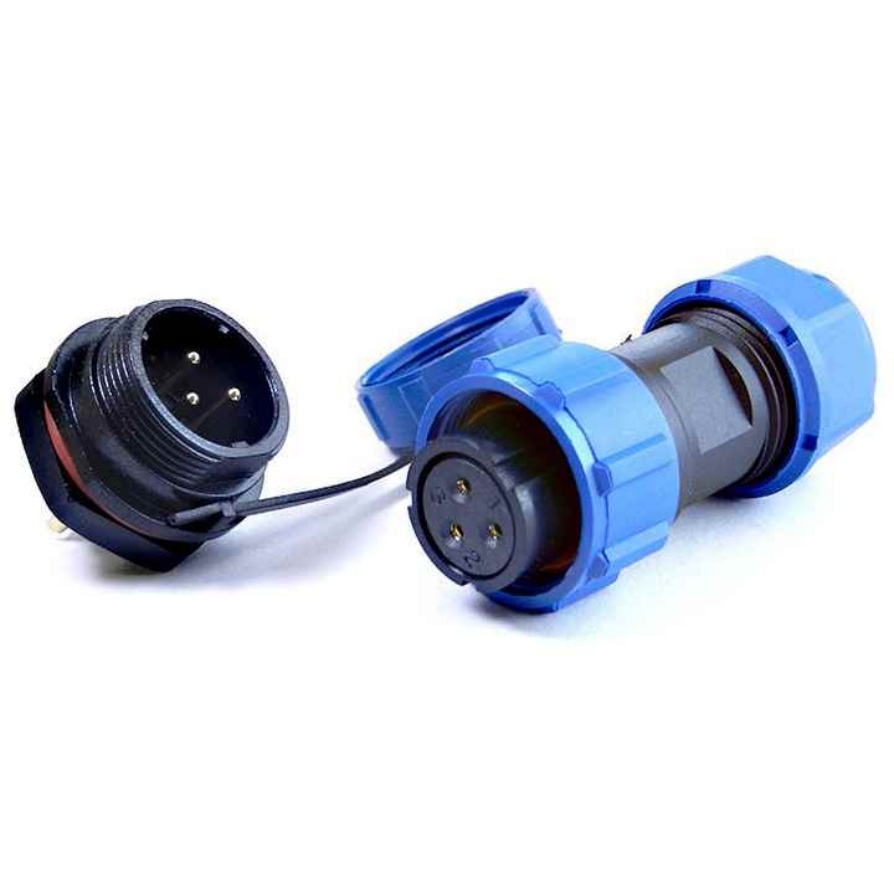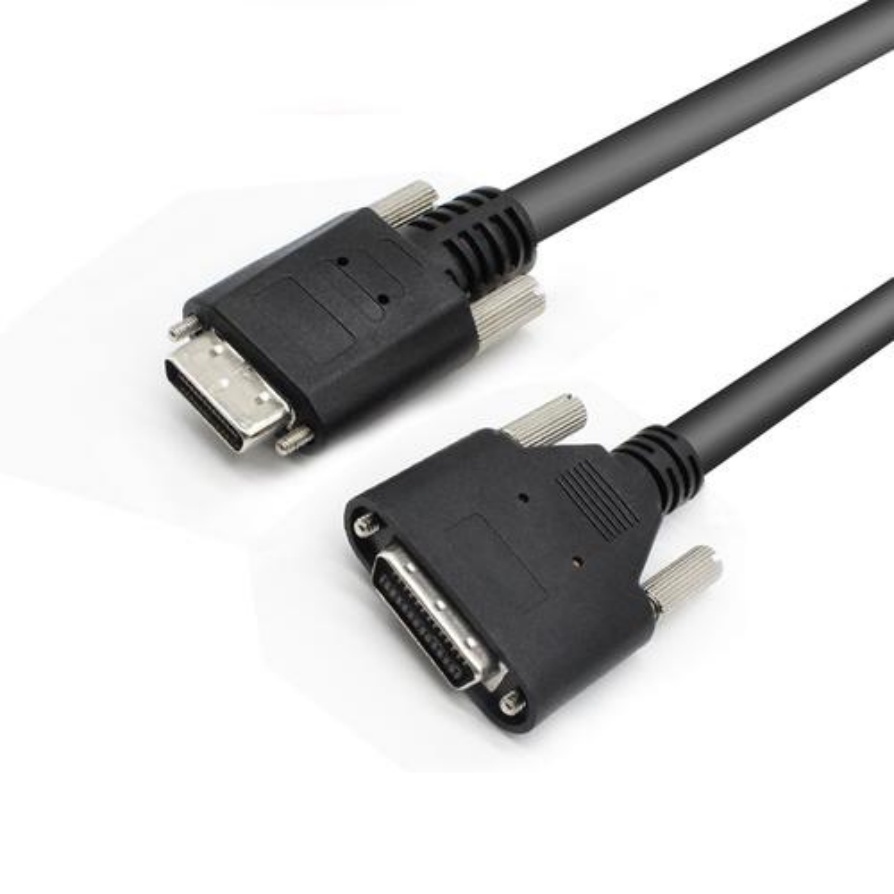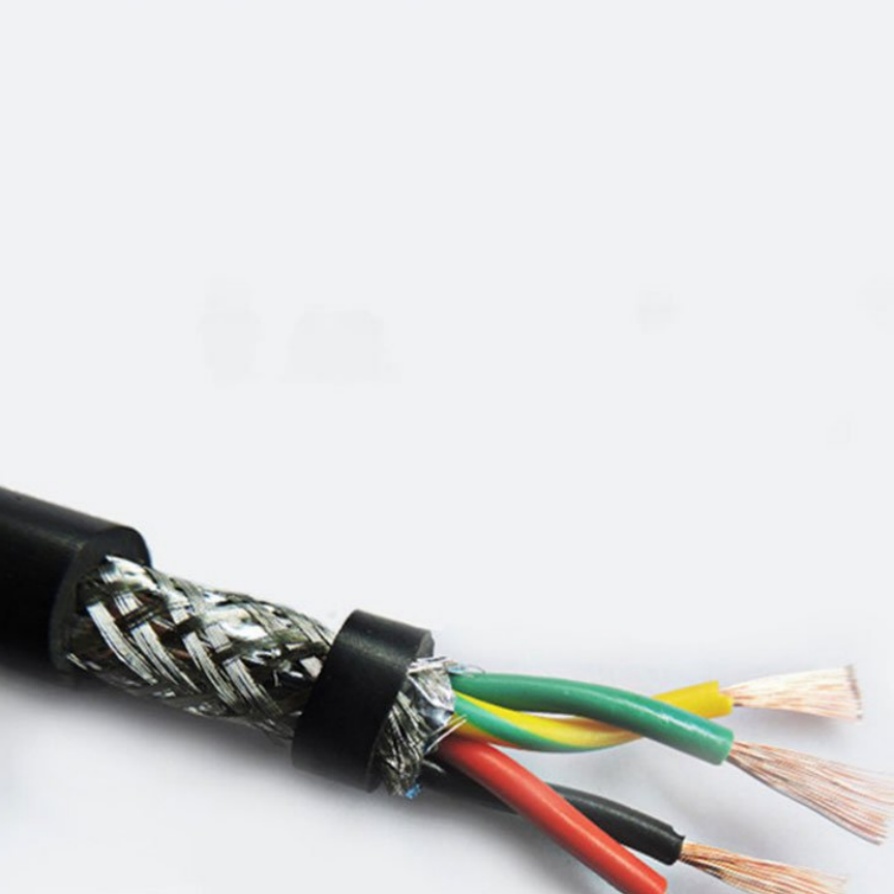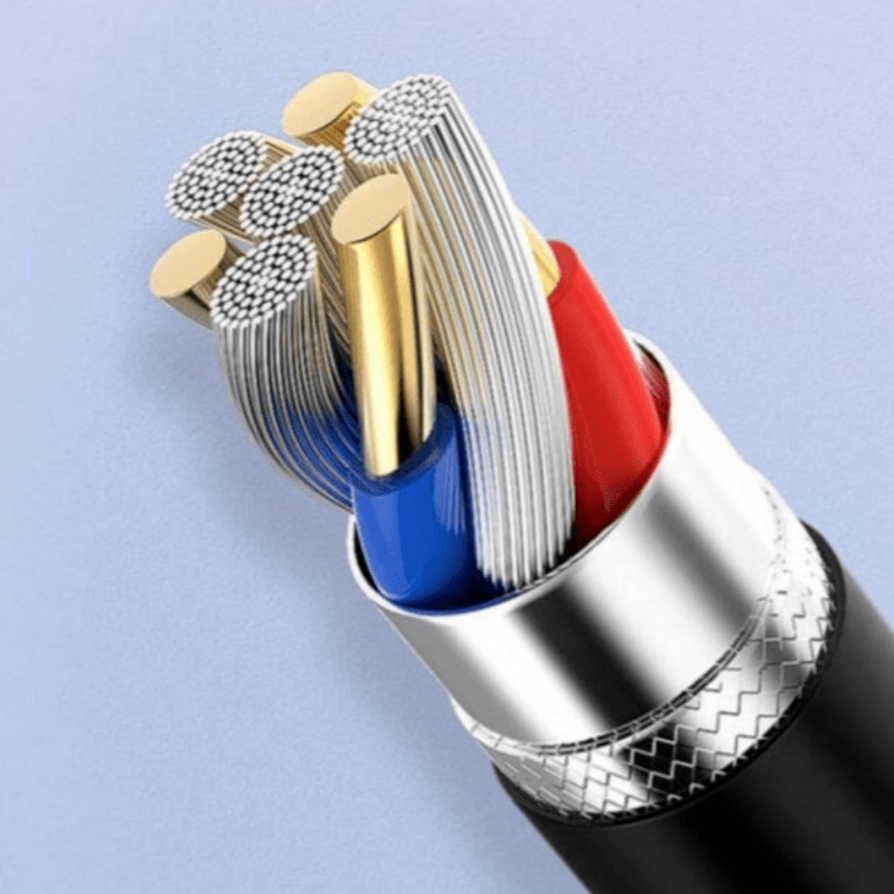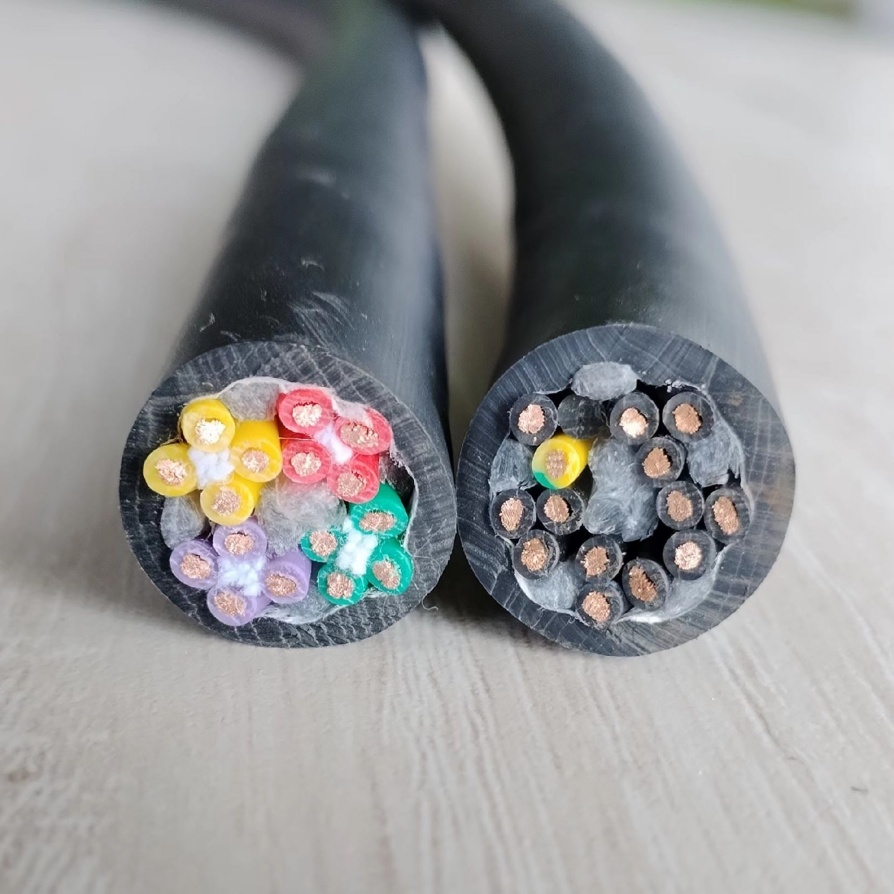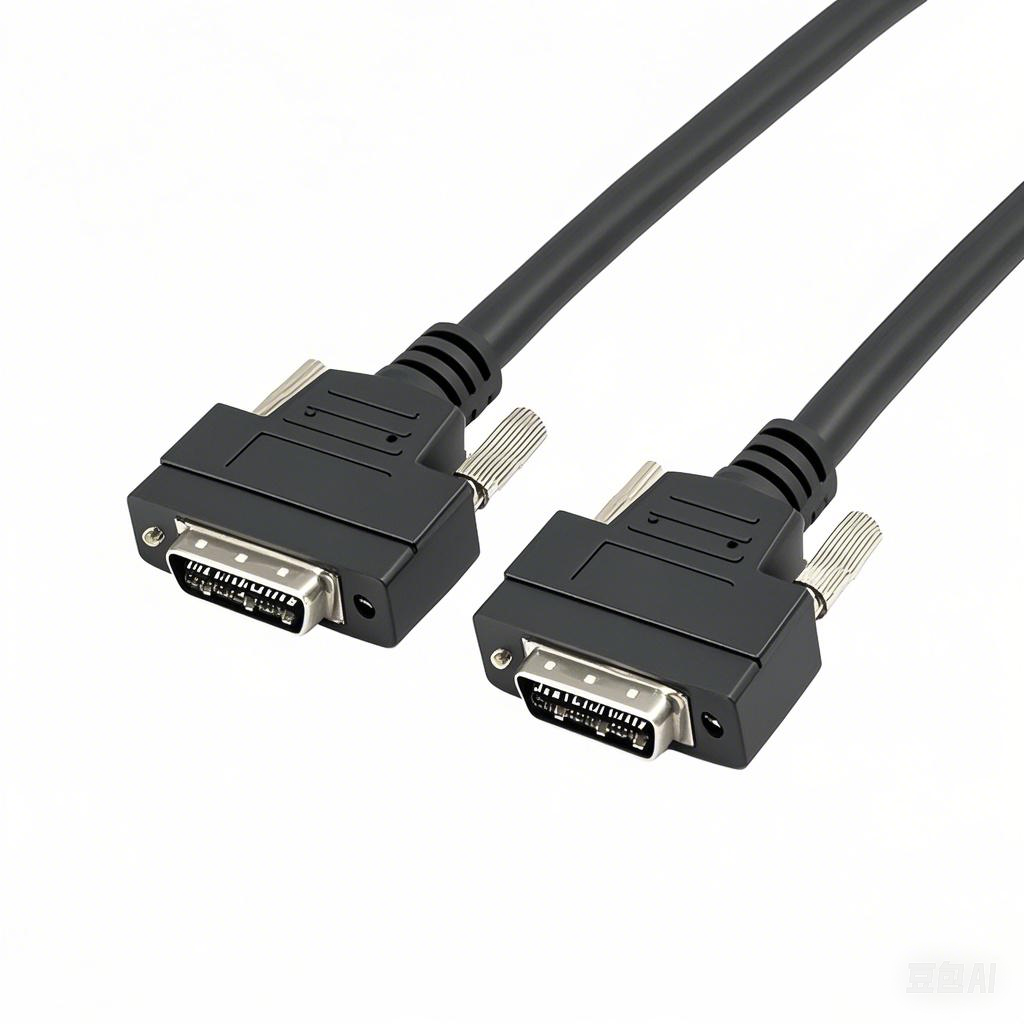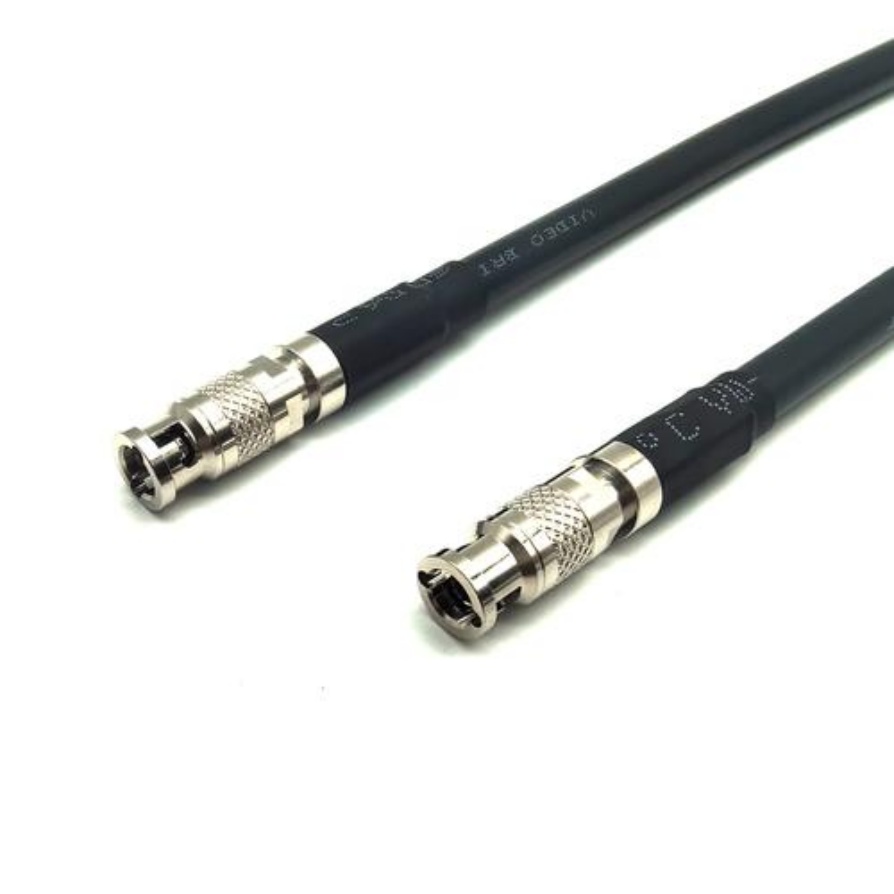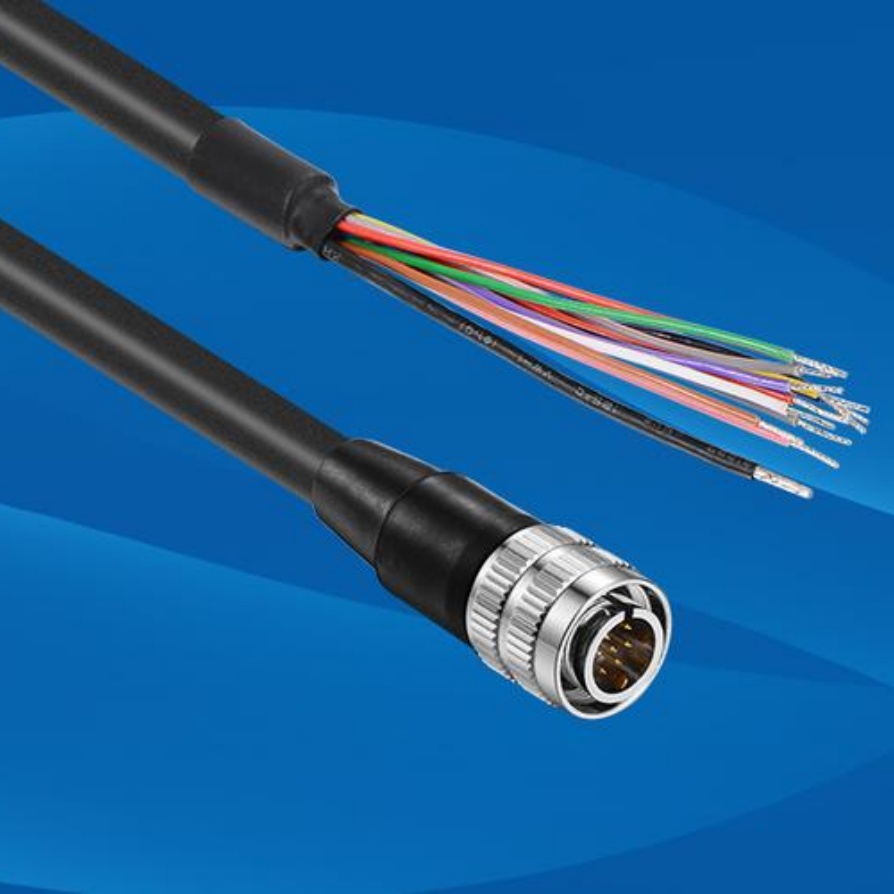How to select machine cable for a pump
Selecting the right machine cable for a pump is a critical decision that directly impacts the pump’s performance, safety, and lifespan. A mismatched cable can lead to frequent breakdowns, electrical hazards, or even premature pump failure. Whether it’s for industrial centrifugal pumps, submersible pumps, or reciprocating pumps, the cable selection process requires careful consideration of multiple factors tailored to the pump’s operating conditions and requirements. Below is a step-by-step guide to help you make an informed choice.
1. Analyze the Pump’s Operating Environment
The environment where the pump operates is the first and foremost factor to evaluate, as it dictates the cable’s protective properties.
- Temperature Range: Pumps may work in extreme temperature conditions—from freezing cold in outdoor industrial settings to high heat in manufacturing plants or near heat-generating equipment. Check the minimum and maximum ambient temperatures. For low-temperature environments (below -20°C), choose cables with flexible insulation materials like cross-linked polyethylene (XLPE) or thermoplastic elastomers (TPE) that won’t become brittle. For high-temperature applications (above 60°C), opt for cables rated for heat resistance, such as those with silicone rubber insulation or fluoropolymer (PTFE) jackets.
- Moisture and Corrosion: Submersible pumps or those used in wet areas (e.g., wastewater treatment, agricultural irrigation) require cables with excellent water resistance. Look for cables with water-blocking tape, lead sheathing, or polyurethane (PU) jackets that prevent water ingress. In corrosive environments (chemical plants, marine settings), cables with chemical-resistant jackets (like ETFE or PFA) are essential to withstand exposure to acids, alkalis, or saltwater.
- Mechanical Stress: If the pump is installed in areas with frequent movement, vibration, or physical impact (e.g., construction sites, mobile pump units), the cable must have high mechanical durability. Reinforced jackets (such as nylon or steel-reinforced PU) and stranded conductors (instead of solid ones) enhance flexibility and resistance to fatigue from bending or vibration.
2. Match Electrical Parameters
The cable must be electrically compatible with the pump’s motor to ensure safe and efficient power transmission.
- Voltage Rating: Select a cable with a voltage rating that exceeds the pump’s operating voltage to avoid insulation breakdown. For most industrial pumps, 600V or 1000V cables are common, but high-voltage pumps may require cables rated for 10kV or more. Always check the pump motor’s nameplate for the exact voltage requirement.
- Current Capacity (Ampacity): The cable’s ampacity (maximum current it can carry without overheating) must match or exceed the pump motor’s full-load current (FLC). Undersized cables will overheat, leading to insulation damage and fire risks. Calculate the FLC from the motor’s power rating (in kW or HP) using the formula: FLC = (Power in Watts) / (√3 × Voltage × Power Factor). Choose a cable with an ampacity rating 10-20% higher than the calculated FLC to account for occasional overloads.
- Insulation Resistance: High insulation resistance prevents current leakage, which is crucial for safety and energy efficiency. Cables with XLPE or EPR (ethylene propylene rubber) insulation offer better insulation resistance compared to PVC, especially in harsh environments.
3. Consider Cable Construction and Configuration
The cable’s physical structure affects its installation, flexibility, and performance.
- Conductor Material: Copper conductors are the preferred choice for pump cables due to their high conductivity and flexibility. Aluminum conductors are cheaper but have lower conductivity and may be less flexible, making them suitable only for fixed, low-vibration applications.
- Number of Conductors: Most pump motors require 3-phase power, so 3-conductor cables are standard. However, single-phase pumps need 2-conductor cables, and some may require an additional ground conductor (green or bare) for safety. Always include a ground conductor if the pump is not double-insulated.
- Cable Jacket Type: The jacket protects the cable from external damage. For general-purpose indoor pumps, PVC jackets are cost-effective. For outdoor, wet, or corrosive environments, PU, neoprene, or halogen-free low-smoke (LSOH) jackets are better options. LSOH jackets are also ideal for confined spaces where toxic smoke from burning cables could be a hazard.
4. Comply with Industry Standards and Certifications
Choosing cables that meet relevant industry standards ensures quality and safety. Look for certifications such as:
- UL (Underwriters Laboratories) or CSA (Canadian Standards Association) for North American markets.
- IEC (International Electrotechnical Commission) standards for global applications.
- ATEX or IECEx certifications for pumps used in explosive environments (e.g., oil refineries, chemical plants).
Non-certified cables may be cheaper but pose significant risks, including non-compliance with safety regulations and potential equipment damage.
5. Evaluate Installation and Maintenance Needs
Consider how the cable will be installed and maintained. For underground installations, use cables with armored jackets (steel or aluminum) to protect against digging damage. For overhead installations, choose cables with high tensile strength. Additionally, cables with color-coded conductors simplify installation and maintenance, reducing the risk of wiring errors.
Conclusion
Selecting the right machine cable for a pump is a balance of environmental adaptation, electrical compatibility, structural durability, and compliance. By following these steps, you can ensure that your pump operates safely, efficiently, and with minimal downtime. When it comes to reliable pump cables, FRS brand factory stands out as a trusted partner. FRS offers a full range of pump cables tailored to diverse operating conditions—from high-temperature and corrosion-resistant options to flexible, vibration-proof designs. All FRS cables meet global industry standards (UL, IEC, ATEX) and undergo rigorous testing to ensure superior performance and safety. Whether you need cables for submersible pumps, industrial centrifugal pumps, or hazardous-area pumps, FRS provides customized solutions to meet your specific needs. Choose FRS, and power your pumps with confidence.


